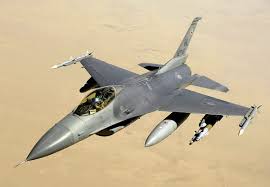
Since its introduction in 1979, the F-16 Fighting Falcon has remained an indispensable part of global air forces, proving its worth as a multirole fighter. Despite being overshadowed by cutting-edge fifth-generation fighters such as the F-22 and F-35, the F-16 continues to soar, with over 4,600 units built to date.
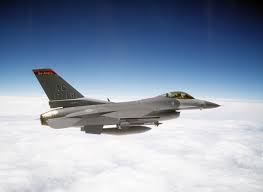
This fighter aircraft, which earned its fame for superior dogfighting abilities and a relatively lower cost, remains in high demand across the world, including by nations like Ukraine in their defense against Russian aggression.
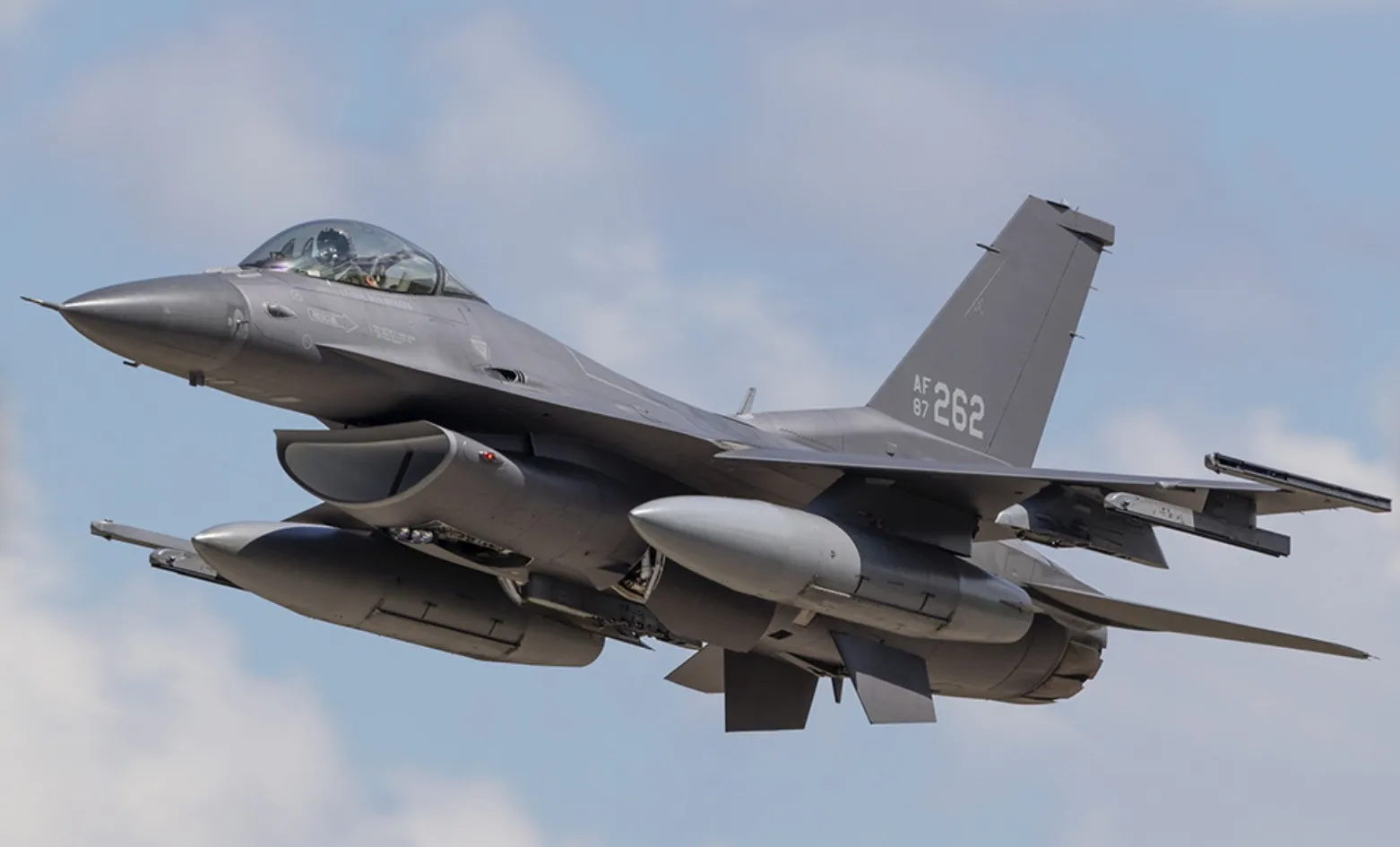
The F-16’s longevity and popularity stem from a blend of affordability, combat-proven capabilities, and ongoing upgrades that keep it competitive.
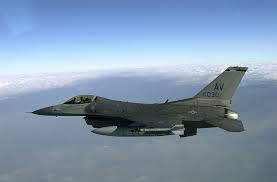
With versions ranging between $25 and $70 million, the F-16’s cost-efficiency is a stark contrast to the heftier price tags of its newer counterparts, like the F-35, which can cost upwards of $170 million.
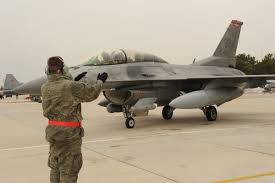
One of the most recent and advanced F-16 variants, the F-16V, has further solidified the aircraft’s standing in modern aerial warfare.
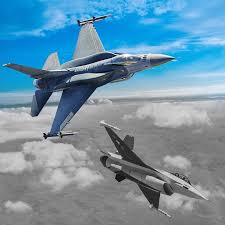
Incorporating state-of-the-art avionics, an Active Electronically Scanned Array (AESA) radar, and structural improvements for a longer service life, the F-16V exemplifies the fighter’s adaptability to evolving technological demands.
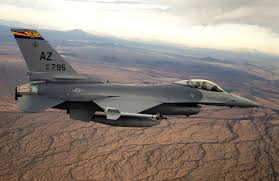
In May 2024, the U.S. Air Force equipped these legacy fighters with automated AI-controlled systems, ushering in a new era where the F-16 also functions as an efficient AI drone platform. This upgrade is expected to enhance the combat capabilities of the F-16, ensuring its relevance well into the future.
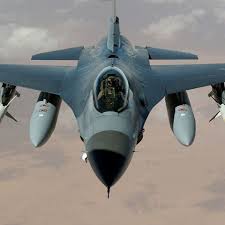
Despite not purchasing them for their own use anymore, the United States continues to support allies with F-16 sales. Ukraine, in particular, has been vocal about its desire for F-16s, having received approval from the U.S. to start pilot training in anticipation of deliveries.
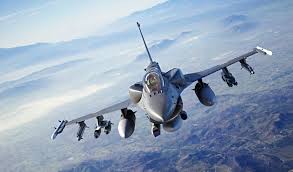
This support represents more than just a transaction; it’s a strategic move in the complex theater of geopolitics and international defense collaboration.
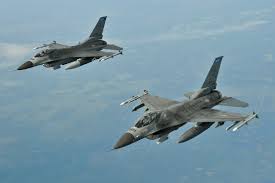
Moreover, Lockheed Martin has been addressing the growing demand for the F-16 by initiating subcomponent assembly in Poland. However, the company maintains that full production will continue at its South Carolina facility, emphasizing the strategic importance of keeping such advanced manufacturing within U.S. borders.
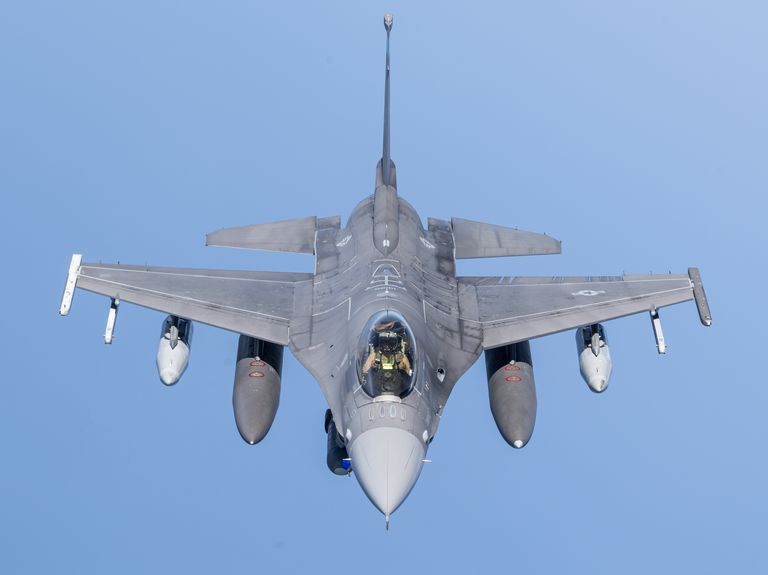
The backlog for the F-16, which stands at 128 fighters and is likely to grow with new deals on the horizon, signifies the enduring desirability of this combat-proven aircraft.

Countries such as Bahrain, Bulgaria, Greece are among those seeking to add the F-16 to their fleets, with some awaiting final approvals.
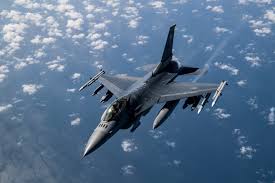
The F-16 has faced its share of production challenges, but Lockheed Martin has committed to improving build rates throughout 2023.
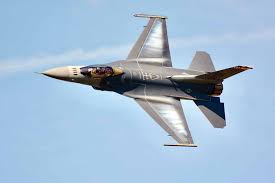
The company’s proactive measures with suppliers and government partners underscore a collective effort to ensure the F-16 continues to meet the needs of its global user base.
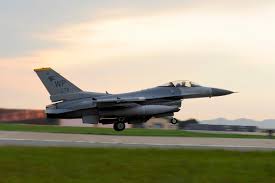
In the words of Greg Ulmer, Executive VP of Lockheed Martin’s aeronautics business, even with a substantial backlog, “the intent is that all the work will be done” at the South Carolina facility. This demonstrates a firm commitment to maintaining the F-16’s production integrity and its role as a key player in the defense sector.
Relevant articles:
– Are F-16 Fighter Jets Still Used Today, And How Much Do They Cost To Make?, SlashGear
– The F-16 at 50: Why it’s still in demand, BBC
– How Much Does An F-16 Cost?, Simple Flying
– Why the F-16 fighter jet remains a force to be reckoned with (updated 2024), Shephard Media
